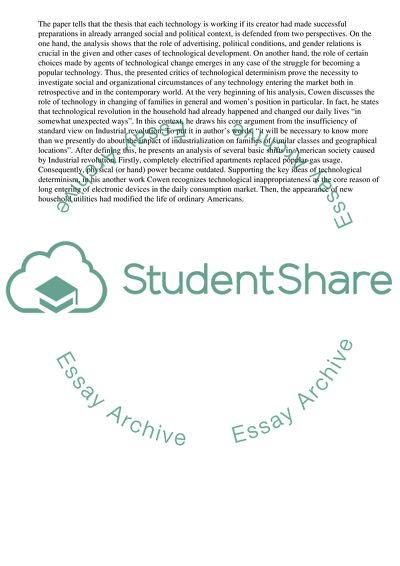Cite this document
(“How does the social shaping perspective help us to understand the Essay”, n.d.)
Retrieved from https://studentshare.org/business/1675286-managment-innovation-and-new-technology
Retrieved from https://studentshare.org/business/1675286-managment-innovation-and-new-technology
(How Does the Social Shaping Perspective Help Us to Understand the Essay)
https://studentshare.org/business/1675286-managment-innovation-and-new-technology.
https://studentshare.org/business/1675286-managment-innovation-and-new-technology.
“How Does the Social Shaping Perspective Help Us to Understand the Essay”, n.d. https://studentshare.org/business/1675286-managment-innovation-and-new-technology.


